Retro Replay Review
Gameplay
Mystery Stories: Island of Hope presents a classic hidden-object formula, tasking players with scouring richly detailed scenes for items on a checklist. Whether you choose the brisk pace of Normal mode or the more forgiving Relaxed mode, each screen demands careful observation and quick reflexes. The varied objectives—finding multiple instances of the same object, matching sounds to items, or identifying silhouettes—keep the core loop from feeling repetitive.
Beyond standard searches, the game introduces environmental twists that heighten the challenge. Darkened rooms require you to wield a flashlight and sweep shadows to reveal hidden trinkets. In “Quick Search” segments, you get just 30 seconds to pinpoint a single object, adding an exhilarating time-pressure element. These permutations not only test your eyesight but reward adaptability to shifting gameplay rules.
Between chapters, optional mini-games provide a welcome change of pace. From classic jigsaw puzzles to lock-picking challenges, these diversions can be skipped if you’re eager to press on with the story. Power-ups further enhance the experience: a magnifying glass highlights one elusive item, binoculars reveal several at once, an hourglass pauses the clock, and even extras like coin multipliers and time extensions can turn the tide in tense moments.
On the Nintendo DS, the tactile feedback of the stylus elevates the search experience. Tapping objects on the lower touchscreen feels immediate and satisfying, while the D-pad lets you pan across sprawling backdrops. Cross-screen integration ensures your checklist is always visible, preventing unnecessary backtracking and keeping the action seamless.
Graphics
Mystery Stories: Island of Hope boasts vibrant, hand-painted environments that capture the lush beauty of its tropical setting. Palm-fringed beaches and dense jungle clearings are rendered with meticulous attention to detail, making every scene feel alive. Subtle animations—fluttering butterflies, rippling water, drifting clouds—add atmospheric depth without distracting from the hunt.
The visual design of each location is both functional and aesthetically pleasing. Objects blend naturally into their surroundings, ensuring that discoveries feel earned rather than handed to the player. In darker interiors, realistic lighting effects create moody shadows that transform each search into a mini-adventure. The flashlight’s cone of illumination is particularly well-done, softening the edges of the scene as you sweep the beam back and forth.
On handheld devices, the art direction remains crisp and colorful, though some fine details can shrink slightly on the Nintendo DS’s lower-resolution screen. Despite this, the developers have optimized object placement and contrast so that nothing becomes obscured. Menus and HUD elements are cleanly designed, with intuitive icons for power-ups and time displays that never interrupt the immersive ambiance.
The transitions between scenes and the occasional animated cut-ins—such as the artifact flashing or a bird taking flight—lend cinematic flair. While the mini-games rely on simpler graphics, they are coherently styled and avoid feeling tacked on. Overall, the visual package is polished, consistent, and well-suited to the hidden-object genre.
Story
You step into the shoes of Michelle Deanfield, an intrepid journalist whose island getaway takes a thrilling turn. When whispers of a cursed Mayan artifact reach her ears, Michelle abandons sunbathing for sleuthing, chasing rumors and clues through shadowy temples and crumbling ruins. The narrative framework provides solid motivation to explore each new location and keeps you invested in uncovering the artifact’s fate.
While the plot unfolds through brief, illustrated interludes rather than lengthy cut-scenes, the pacing feels natural. Each chapter ends on a teasing revelation—an unexpected trap, a cryptic diary entry—that propels you forward. Dialogue is concise but charming, with Michelle’s wry observations adding light humor to moments of suspense.
Despite its hidden-object focus, Island of Hope weaves a cohesive tale of mystery and discovery. Optional mini-games often tie back to the main plot—lock-picking an ancient chest or assembling a torn map—which reinforces narrative unity. You get the sense that every puzzle, power-up and secret compartment belongs in Michelle’s larger quest to break the artifact’s curse.
Although character development remains straightforward—secondary figures come and go quickly—the island itself becomes a compelling presence. From seaside grottos to moss-covered temples, each area reveals new lore and hints about the artifact’s origin. For fans of light detective stories, the premise strikes a pleasant balance between intrigue and accessibility.
Overall Experience
Mystery Stories: Island of Hope excels as a comeback for hidden-object enthusiasts and newcomers alike. Its generous difficulty options cater to casual players, while the myriad gameplay variations and timed searches add depth for those craving a challenge. Optional mini-games and power-ups inject strategic layers without overcomplicating the core design.
The game’s pacing keeps you hooked without ever overstaying its welcome. A typical playthrough unfolds across several hours of exploration, but the segmented chapters and skippable puzzles mean you can tailor your experience. Whether you’re tackling one scene at a time or binge-playing a full evening, the momentum remains steady.
Visually polished and mechanically solid, Island of Hope offers a satisfying blend of atmosphere and accessibility. The narrative, though not groundbreaking, provides just enough intrigue to frame the object hunts and motivate progression. On the Nintendo DS, the stylus controls feel intuitive, and load times are minimal—ideal for portable sessions.
Ultimately, Mystery Stories: Island of Hope stands out as a thoughtfully crafted hidden-object adventure. Its engaging premise, varied gameplay modes and inviting visuals make it a strong recommendation for anyone seeking a relaxed yet captivating puzzle journey on their console or handheld.
 Retro Replay Retro Replay gaming reviews, news, emulation, geek stuff and more!
Retro Replay Retro Replay gaming reviews, news, emulation, geek stuff and more!
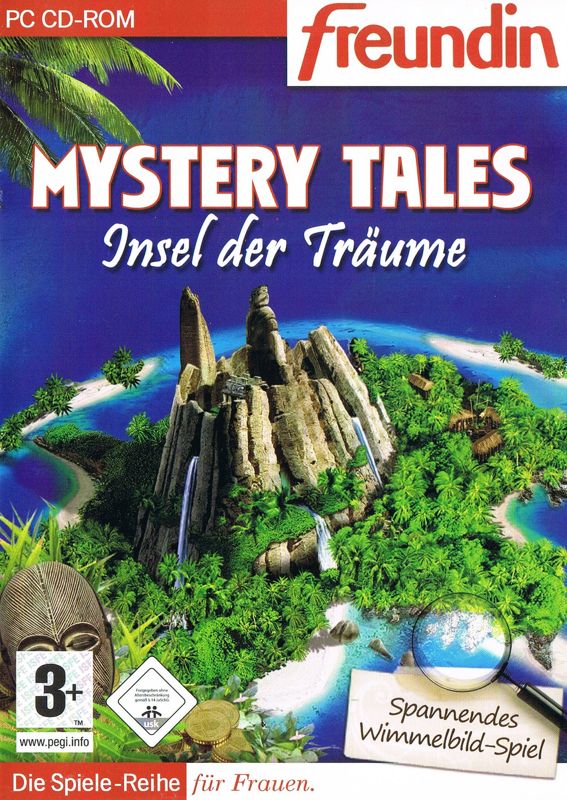
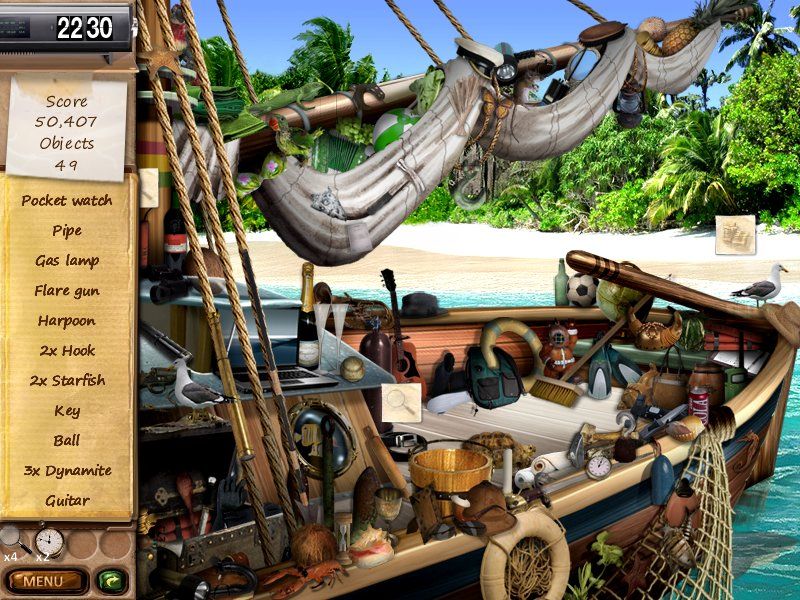
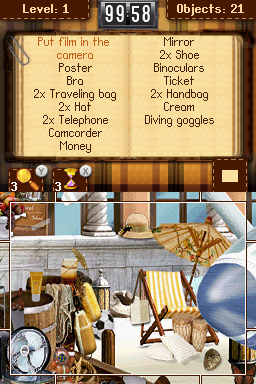
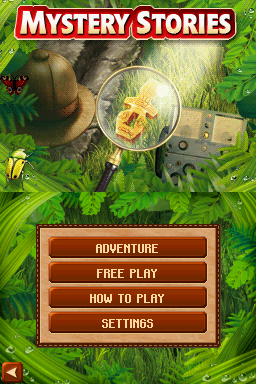

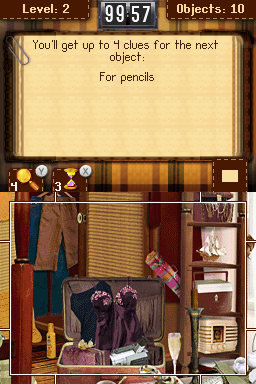



Reviews
There are no reviews yet.